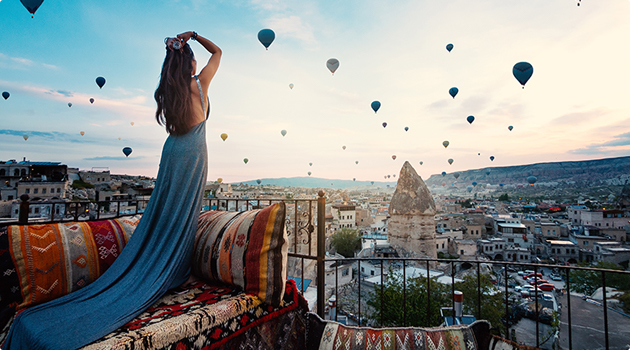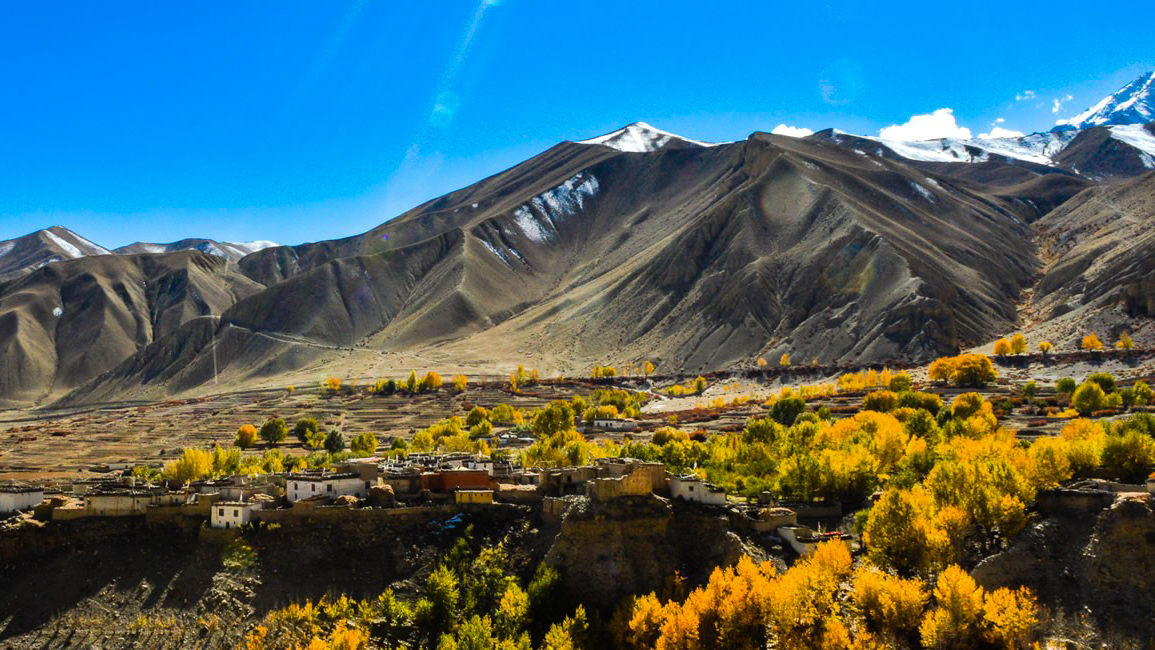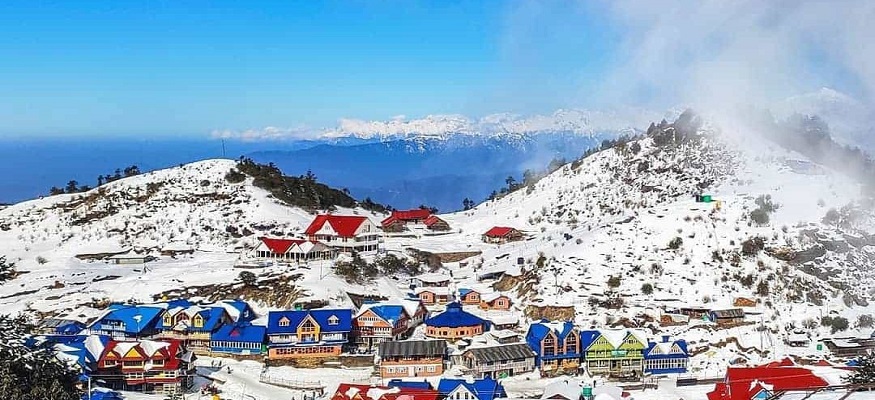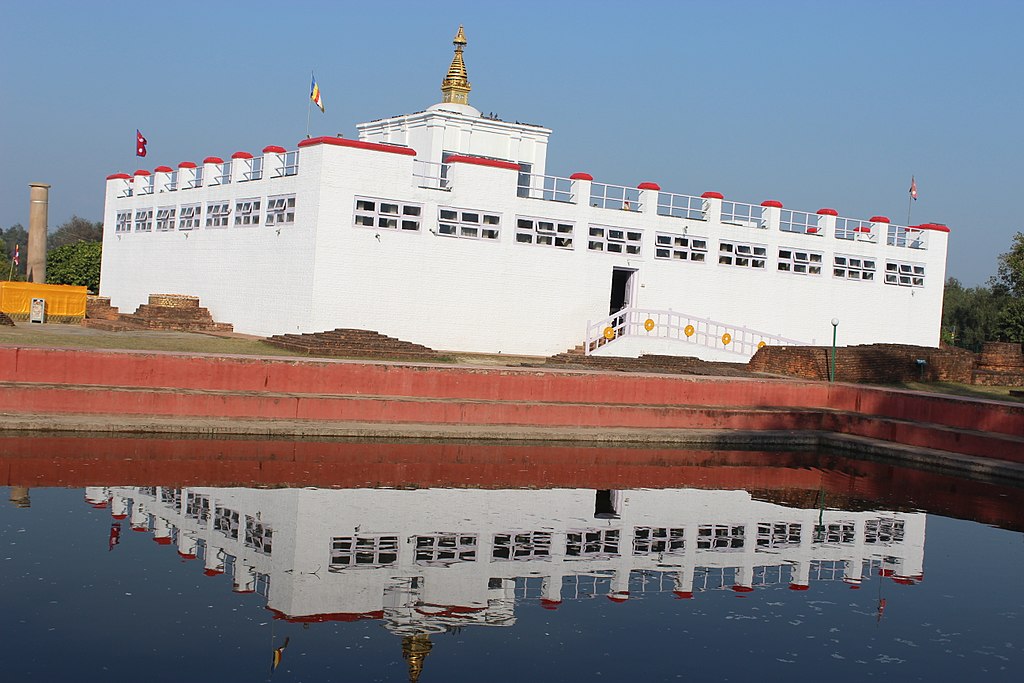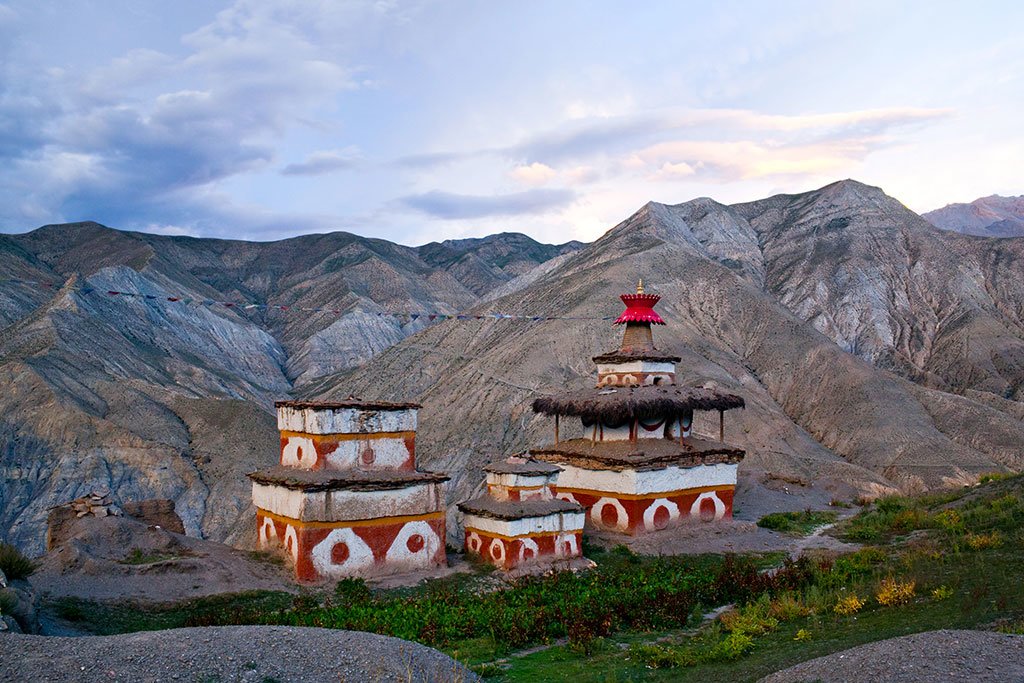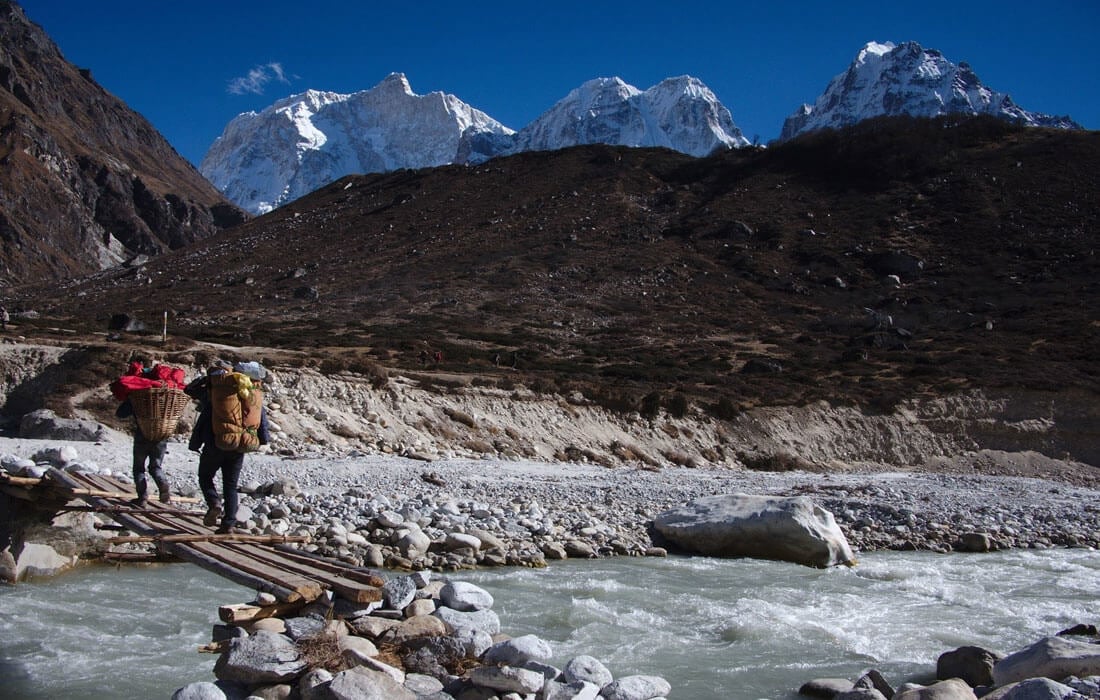 About this Trip
About this Trip
The Three Passes Trek stands as the pinnacle of non-technical trekking in the Everest region, offering a profound adventure that tests physical limits while rewarding with unparalleled natural beauty and cultural richness. What distinguishes this trek is its circular route that ventures beyond the tourist-heavy paths, providing a more comprehensive and intimate experience of the Khumbu region.
Each of the three passes presents its unique challenge and spectacle. Kongma La, the highest at 5,535m, demands a steep ascent but rewards with extraordinary views of Makalu and the Khumbu Glacier. Cho La features a glacier crossing that requires careful navigation, while Renjo La offers perhaps the most stunning panorama of all, with Everest, Lhotse, and the turquoise Gokyo Lakes visible in a single spectacular frame.
Between these challenging passes lie treasures that few trekkers experience: the sacred emerald waters of Gokyo Lakes reflecting perfect mountain silhouettes; remote valleys where traditional Sherpa life continues largely unchanged; and tranquil viewpoints where one can contemplate the majesty of the world's highest peaks in solitude. The ancient monasteries dotting the route serve as spiritual anchors, their prayer flags fluttering against the backdrop of towering mountains.
Physically, this trek demands respect and preparation. The combination of high altitude, challenging terrain, and quickly changing weather conditions requires trekkers to be both physically fit and mentally resilient. However, the carefully structured itinerary with strategic acclimatization days makes this ambitious journey achievable for determined trekkers with previous high-altitude experience.
The camaraderie developed on this route tends to be particularly special. The shared challenge of crossing these formidable passes creates bonds between trekkers, guides, and porters that often transcend cultural and linguistic differences. Tea house evenings filled with stories, laughter, and mutual encouragement become cherished memories that complement the spectacular landscapes.
The Three Passes Trek stands as the pinnacle of non-technical trekking in the Everest region, offering a profound adventure that tests physical limits while rewarding with unparalleled natural beauty and cultural richness. What distinguishes this trek is its circular route that ventures beyond the tourist-heavy paths, providing a more comprehensive and intimate experience of the Khumbu region.
Each of the three passes presents its unique challenge and spectacle. Kongma La, the highest at 5,535m, demands a steep ascent but rewards with extraordinary views of Makalu and the Khumbu Glacier. Cho La features a glacier crossing that requires careful navigation, while Renjo La offers perhaps the most stunning panorama of all, with Everest, Lhotse, and the turquoise Gokyo Lakes visible in a single spectacular frame.
Between these challenging passes lie treasures that few trekkers experience: the sacred emerald waters of Gokyo Lakes reflecting perfect mountain silhouettes; remote valleys where traditional Sherpa life continues largely unchanged; and tranquil viewpoints where one can contemplate the majesty of the world's highest peaks in solitude. The ancient monasteries dotting the route serve as spiritual anchors, their prayer flags fluttering against the backdrop of towering mountains.
Physically, this trek demands respect and preparation. The combination of high altitude, challenging terrain, and quickly changing weather conditions requires trekkers to be both physically fit and mentally resilient. However, the carefully structured itinerary with strategic acclimatization days makes this ambitious journey achievable for determined trekkers with previous high-altitude experience.
The camaraderie developed on this route tends to be particularly special. The shared challenge of crossing these formidable passes creates bonds between trekkers, guides, and porters that often transcend cultural and linguistic differences. Tea house evenings filled with stories, laughter, and mutual encouragement become cherished memories that complement the spectacular landscapes.

From $0
Price Varies from Group Size
Success
Here goes about why the success toast occurred.
 Itinerary
Itinerary
Arrival in Kathmandu (1,400m)
Kathmandu to Lukla (2,860m) to Phakding (2,610m)
Phakding to Namche Bazaar (3,440m)
Acclimatization Day in Namche Bazaar
Namche Bazaar to Tengboche (3,870m)
Tengboche to Dingboche (4,410m)
Acclimatization Day in Dingboche
Dingboche to Chhukung (4,730m)
Chhukung to Kongma La Pass (5,535m) to Lobuche (4,940m)
Lobuche to Gorak Shep (5,170m) to Everest Base Camp (5,364m) and back to Gorak Shep
Gorak Shep to Kala Patthar (5,644m) to Dzongla (4,830m)
Dzongla to Cho La Pass (5,420m) to Thangnak (4,700m)
Thangnak to Gokyo (4,790m)
Gokyo to Gokyo Ri (5,357m) and Exploration Day
Gokyo to Renjo La Pass (5,340m) to Lungden (4,380m)
Lungden to Thame (3,820m)
Thame to Namche Bazaar (3,440m)
Namche Bazaar to Lukla (2,860m)
Lukla to Kathmandu
Departure from Kathmandu
 Services
Services
Includes
- Specialized bilingual guide experienced in high pass crossings
- Private Transport
- Round-trip airport transfers and local transportation as outlined
- Daily meals on the trek: breakfast, lunch, and dinner
- Services of an experienced guide and porter during the trek
- All essential trekking permits, including national park fees
- Accommodation throughout the trek (lodges, guesthouses, and tea houses)
Excludes
- Additional accommodation due to unexpected delays or changes
- Comprehensive travel and medical insurance for the trek
- Gratuities for the guides, porters, and trekking support staff
- International flights and entry visa fees for Nepal
- Personal trekking equipment and gear (sleeping bags, jackets, etc.)
- Extra Food and drinks
 Good to Know
Good to Know
Train 4-6 months in advance with cardio, strength training, and uphill hiking; previous high-altitude experience (4,000m+) is highly recommended; pack proper mountain gear including microspikes for pass crossings; bring a higher quality sleeping bag (-20°C rating) than for standard EBC trek; medication for altitude sickness is essential; and always heed your guide's advice regarding pass conditions and crossing times.
Wildlife Encounters
While trekking, keep an eye out for:
Himalayan tahr (wild mountain goats), Musk deer in forested regions, Himalayan monkeys (at lower elevations), Pika (small rabbit-like mammals), Lammergeier (bearded vulture), Snow cock (high-altitude game bird), Various alpine birds including ravens, choughs, and snow pigeons, Snow leopards (extremely rare sightings)
 Reviews
Reviews
 FAQs (Frequently Asked Questions)
FAQs (Frequently Asked Questions)
Your queries are answered.
Do I need technical climbing skills?
While not a technical climb, the passes (especially Cho La) may require microspikes or crampons in certain seasons. Comfort with rocky, steep terrain and some scrambling is necessary. Your guide will provide assistance on challenging sections.
What is the best time of year for this trek?
Late April to early June and late September to mid-November offer the best conditions. The passes can be dangerous or impassable during winter months (December-February) and the monsoon season (June-August).
How do I prepare for this trek?
Begin training at least 4-6 months in advance with cardio exercises, strength training focusing on legs and core, and regular uphill hiking with a loaded backpack. Previous experience at altitudes above 4,000m is highly recommended.
What gear is specific to the Three Passes Trek?
In addition to standard EBC trek equipment, bring microspikes or mini-crampons for icy sections, high-quality gloves, a warmer sleeping bag (-20°C rating), proper sunglasses (glacier glasses ideal), and trekking poles for stability on steep sections.
How does altitude sickness prevention differ for this trek?
The multiple high passes make acclimatization even more crucial. Follow the itinerary's acclimatization days strictly, stay well-hydrated (3-4 liters daily), ascend slowly, and communicate any symptoms immediately. Discuss Diamox with your doctor before traveling.
What type of accommodation can I expect?
Tea houses provide basic accommodation, but facilities become extremely basic in remote locations like Dzongla, Thangnak, and Lungden. Shared bathrooms are standard, and hot water is limited or unavailable at higher elevations.
Is it possible to customize the route?
Yes, the Three Passes Trek can be modified. Some trekkers choose to do only one or two passes, or to combine parts of this route with the standard EBC trek. Discuss options with your trekking company based on your experience level and time constraints.
How reliable is the WiFi and phone connectivity?
WiFi is available in Namche Bazaar and some lower elevation tea houses for a fee, but becomes unavailable beyond Dingboche and Gokyo. Local SIM cards work in limited areas. Plan to be mostly disconnected during pass crossings.
How much should I budget for the trek?
Beyond the package cost, budget approximately $20-30 per day for additional snacks, drinks, hot showers (where available), and charging facilities. Prices increase significantly in remote areas off the main EBC route.
How much should I tip the guides and porters?
Given the additional challenges of this route, tipping slightly higher than the standard EBC trek is appropriate. Consider $12-18 per day for guides and $8-10 per day for porters, typically given at the end of the trek.
